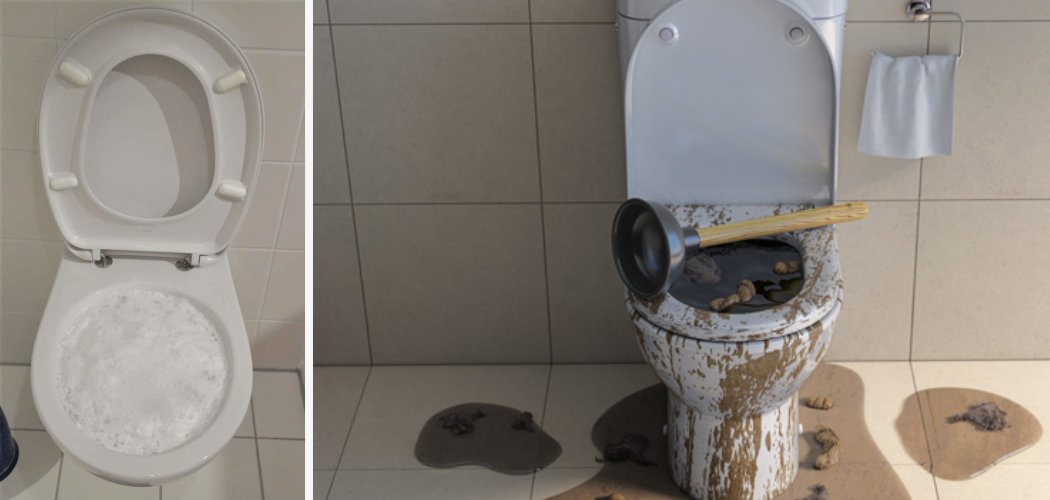Are you dealing with a flooded toilet? You’re not alone! Toilets overflow and flood for many reasons, such as clogged traps, leaking valves, or too much water in the tank. Whatever the cause of your toilet flooding, there are certain steps you can take to stop it from happening again.
Nothing can be more disruptive to your day than a toilet overflowing, flooding your bathroom floor, and possibly other house areas. While this situation might seem like an emergency requiring professional help, it’s usually something you can take steps to fix yourself. Toilet floods can easily occur and cause serious damage to your home. Floods are not only messy, but they also have the potential for severe electrical hazards.
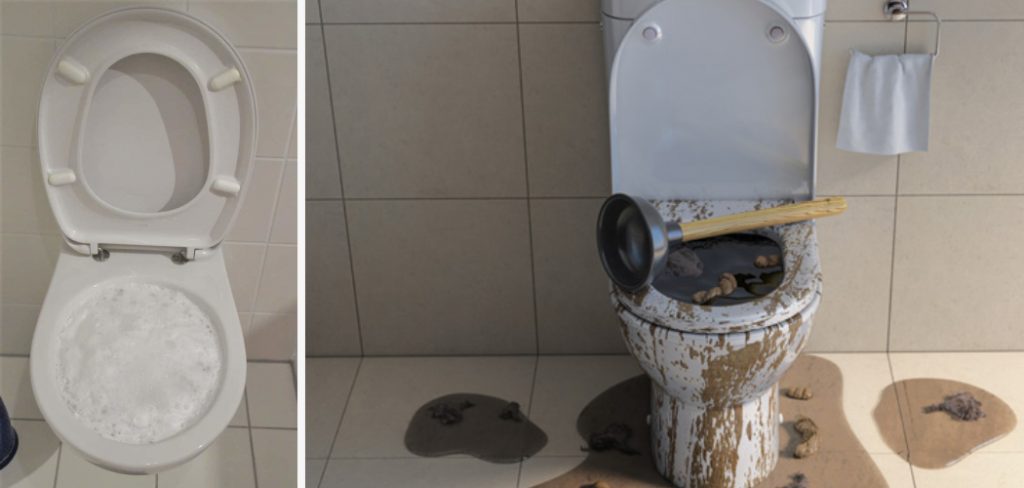
This post examines some quick tips you can use so you know how to stop toilet from flooding in no time!
What are the Causes of Toilet Flooding?
Toilets can overflow and flood for many reasons, such as clogged traps, leaking valves, or too much water in the tank. The most common cause of a flooded toilet is a blockage in the connected pipes. This could be caused by large amounts of toilet paper being flushed down the drain, foreign objects like toys, or too much waste build-up.
If your toilet is flooding due to a leaking valve, it may be because the valve is not properly sealed and water is escaping. This can also happen if there’s a crack in the pipe leading to the toilet or an issue with an air gap in the line. In addition, toilets can overflow if you have too much water in the tank, which a faulty fill valve could cause.
10 Easy Steps on How to Stop Toilet From Flooding
Now that we’ve identified some of the possible causes of a flooded toilet, let’s look at how to prevent this inconvenient occurrence from happening again!
Step 1. Check for Clogs:
Check to see if your toilet is clogged. If it is, you’ll need to remove the clog or have a plumber do it. As a safety precaution, always wear rubber gloves when handling anything that comes out of the toilet.
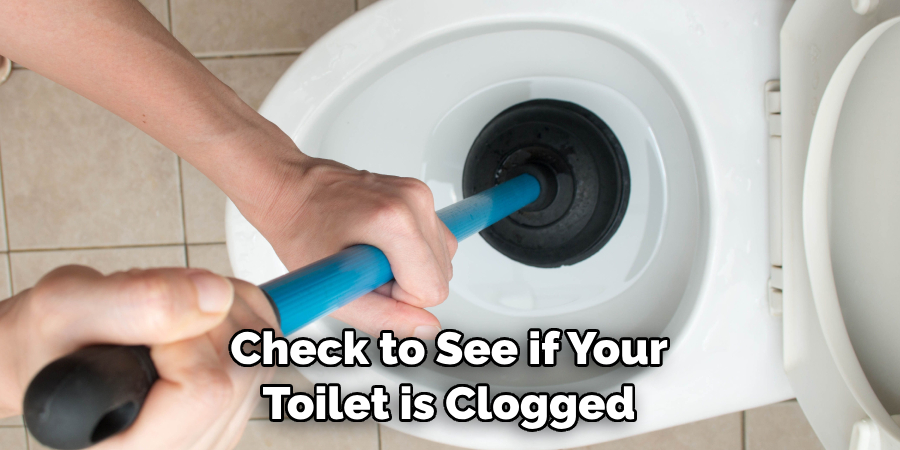
Step 2. Check the Water Level:
Inspect your toilet tank’s water level and ensure it’s not too high. If it is, you’ll need to adjust the fill valve so that less water fills the tank. Remember to flush the toilet after making this adjustment.
Step 3. Clean Out the Tank:
If there are any debris or obstructions in your toilet tank, remove them as soon as possible. This will help prevent future flooding. Another good idea is to clean out the tank every few months.
Step 4. Inspect All Pipes and Valves:
Check all of the pipes and valves connected to your toilet for any signs of leakage or damage. If you find any, have a plumber repair them right away. Always make sure to turn off the water supply before inspecting any pipes or valves.
Step 5. Cover the Floor:
If your toilet is prone to flooding, lay down a few towels or other absorbent materials on the floor in front of it. This will help prevent water from spilling onto your floors. Additionally, if your toilet does overflow again, you’ll be able to quickly clean it up without having to mop the whole floor.
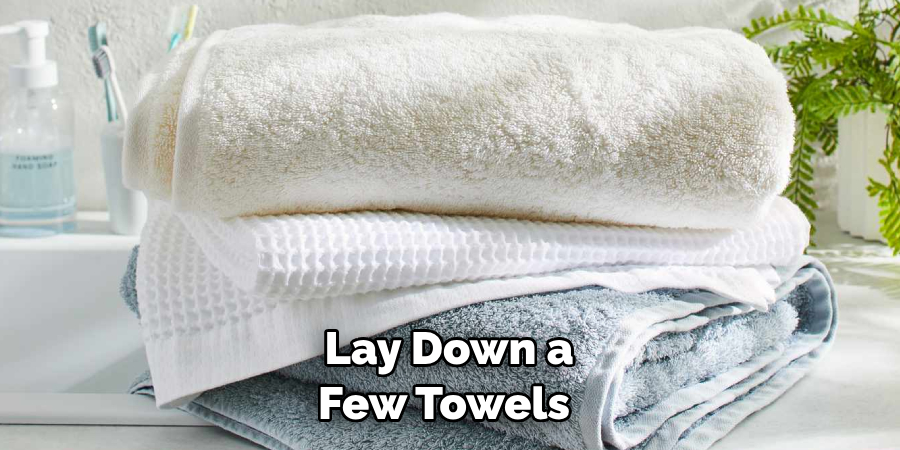
Step 6. Check for Cracks:
Inspect all the pipes connected to your toilet for any cracks allowing water to escape. If you spot any, have them repaired as soon as possible. Otherwise, water may continue to leak and cause future flooding.
Step 7. Install an Overflow Alarm:
An overflow alarm is a device that can detect when there’s too much water in the tank and alert you so you can take action before it overflows. Installing one of these alarms is a great way to keep your toilet from flooding again. If you need more time to install one yourself, hire a plumber to do it for you.
Step 8. Use a Plunger:
If your toilet is clogged, use a plunger to try and dislodge the blockage. Remember that plungers are not always effective, so if you still have a clogged toilet after multiple attempts, it’s best to call a plumber.
Step 9. Avoid Flushing Too Much Toilet Paper:
Be mindful of how much toilet paper you are flushing down at once—this can lead to a backup and cause your toilet to overflow. It will also help to avoid flushing large items such as paper towels, napkins, etc. As a general rule, only flush toilet paper and human waste.
Step 10. Perform Regular Maintenance:
Ensure you’re performing regular maintenance on all your plumbing fixtures and appliances, including your toilet. This will help prevent flooding due to clogs or other issues with your pipes or valves. Remember, it’s always better to be proactive rather than reactive when it comes to plumbing!
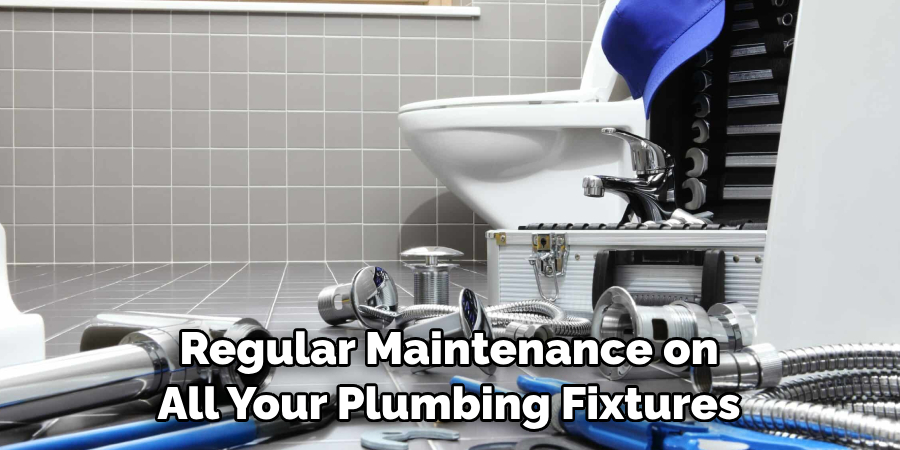
By following these steps, you can keep your toilet from flooding in no time! If you find that the problem persists, it’s best to call a professional plumber to help you. They’ll be able to diagnose the issue and provide you with solutions so you don’t have to deal with a flooded toilet again.
5 Additional Tips and Tricks
1. Install a water shut-off valve near your toilet to quickly stop the water supply if it starts overflowing.
2. Consider installing a higher-capacity toilet that can handle more waste and water.
3. Check your pipes for any signs of corrosion or damage and replace them if necessary.
4. Make sure to use a plunger with enough force when unclogging toilets, as this will help to dislodge the clog more effectively.
5. If you notice any strange odors coming from your toilet, it could indicate a blockage somewhere in the pipes, and you should call in a plumber right away to have it checked out.
You can keep your bathroom clean and free of flooding messes with just a few simple steps. Plus, you’ll save yourself from having to call in a plumber every time your toilet floods!
5 Things You Should Avoid
1. Don’t flush too much toilet paper or foreign objects down the drain, as these can cause blockages.
2. Avoid using chemical drain cleaners, which can damage your pipes and lead to flooding.
3. Don’t use a plunger with too much force, as this could cause more damage to the clog rather than removing it.
4. Avoid flushing food waste or paper towels down the toilet, as these can easily get stuck in the pipes and cause flooding.
5. Don’t ignore warning signs of a possible plumbing issue, such as strange odors or gurgling noises from the toilet—call a plumber as soon as you notice them!
By avoiding these common culprits, you’ll be able to keep your toilet from overflowing and make sure your bathroom stays free of floods!
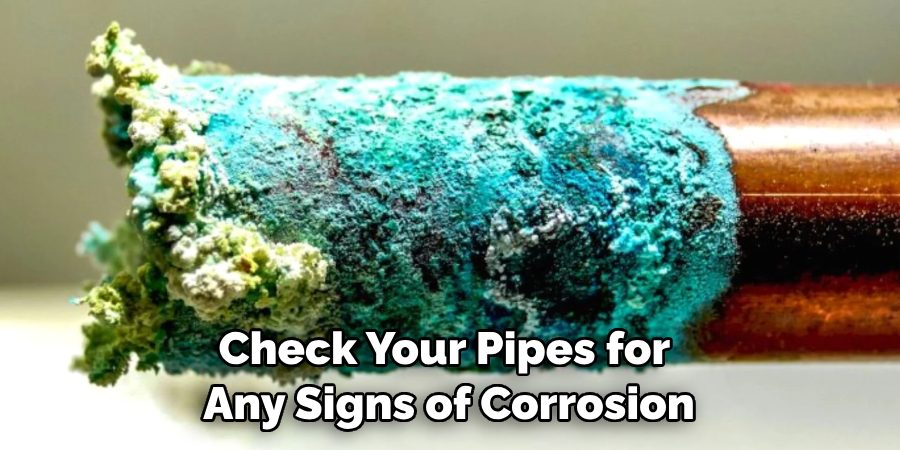
Why Does My Toilet Flush Too Much Water?
If your toilet is flushing too much water, it could be due to a variety of causes. For example, the flush valve may malfunction, or too much water may be entering the tank through the fill valve. Additionally, a broken flapper can cause leaking and an overflowing tank.
Inspecting all parts of your toilet regularly is important, and ensuring they are functioning properly. If you find any damaged parts, replace them as soon as possible so you don’t have to deal with a flooded bathroom in the future. Additionally, make sure to adjust the fill valve so that it supplies just enough water for each flush—any more than that will lead to flooding!
By following these steps, you’ll know to stop the toilet from flooding and keep your bathroom safe and dry! Remember, these tips will only work if you take preventive measures to ensure that your plumbing fixtures function properly. If the issue persists, it’s best to call a professional plumber for assistance. With the right knowledge and maintenance, you can keep your toilet from overflowing again!
Conclusion
Ultimately, taking care of a flooding toilet is a job no one wants to tackle and can be difficult. But the most important thing is not to panic. Following these steps can help you correct the issue quickly—from knowing where shutoff valves are located to properly using plungers, augers, and drain cleaners if necessary.
Always remember to put safety first when dealing with such plumbing issues, and that’s one thing that will never change. And if all else fails, calling a plumber may be your best bet for rectifying the situation quickly and safely. Keeping this information in mind should ensure that any potential minor floods will become a mere memory instead of an ongoing problem!
Hopefully, the article on how to stop toilet from flooding has helped provide you with guidance on the best methods for dealing with such issues. Make sure to keep these tips and tricks in mind and the additional tips and tricks so that you know how to keep your toilet problem-free! Good luck!

